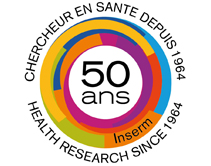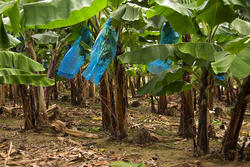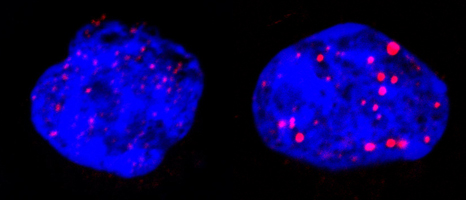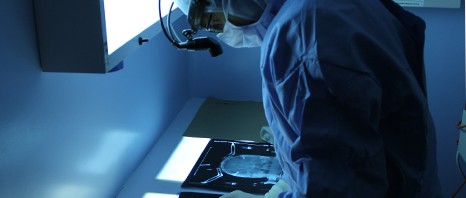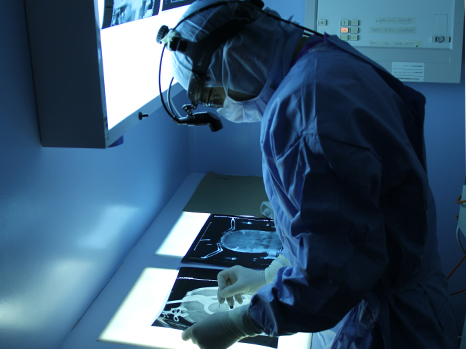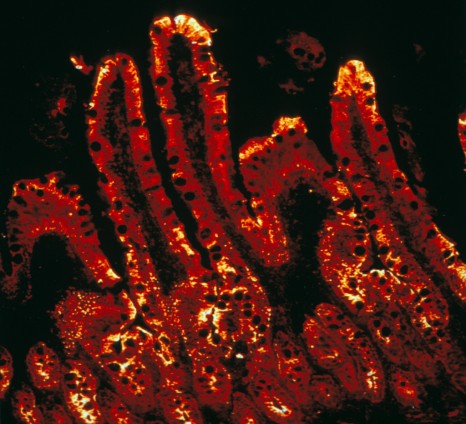The European Research Council (ERC) has just awarded Consolidator Grants to 19 French projects in life sciences, thereby placing France at the head of European countries submitting proposals in this area.
The specific “Consolidator Grant” call, which is part of the final ERC call in the EU’s Seventh Framework Programme for Research, rewards the best researchers with 7-12 years’ experience since completing their PhD. Recipients receive an average grant of €1.84 million, up to a maximum of €2.75 million, for a period of up to 5 years.
This new funding will enable promising researchers to build their own research teams and develop their most innovative ideas. “In light of these results, Aviesan members have proven their excellence in life sciences at international level. This announcement strengthens our hopes of success for our researchers in the next Framework Programme, ‘Horizon 2020,’ open since January 2014,” notes Prof. André Syrota, Chairman of Aviesan, with satisfaction.
These results confirm the excellent position of France in Europe with respect to life sciences, with France consistently placed in the top three: the number of recipients of ERC “Starting Grants” (young independent researchers), and “Advanced Grants” (established researchers) who have decided to conduct their project in France, for the entire FP7, is 108 and 72, respectively, for the life sciences.
See details of results on the European Research Council (ERC) website.
The 19 recipients of ERC Consolidator Grants in life sciences (LS) in France:
Eric Bapteste
Evolution Paris Seine, CNRS, Université Pierre et Marie Curie (UPMC), Paris
Sequence similarity networks: a promising complement to the phylogenetic framework to study evolutionary biology
Déborah Bourc’His
Developmental Biology and Genetics, Institut Curie, CNRS, Inserm, Paris
Epigenetic Control of Mammalian Reproduction
Pierre Bruhns
Antibodies in Therapy & Pathology, Institut Pasteur, Inserm, Paris
Role of myeloid cells, their mediators and their antibody receptors in allergic shock (anaphylaxis) using humanized mouse models and clinical samples
Olivier David
Grenoble Institut des Neurosciences (GIN), Inserm, Université Joseph Fourier, CHU Grenoble, Grenoble
Functional Brain Tractography
Sonia Garel
Biology Institute, Ecole Normale Supérieure (IBENS), Inserm, CNRS, Collège de France, Paris
Neural and Immune Orchestrators of Forebrain Wiring
Jean-Marc Goaillard
Ion Channel and Synaptic Neurobiology Laboratory (UNIS), Inserm, Aix-Marseille University, Marseille
Biophysical networks underlying the robustness of neuronal excitability
Mohamed-ali Hakimi
Adaptation and Pathogenesis of Microorganisms (LAPM), CNRS, Université Joseph Fourier (UJF), Grenoble
Toxoplasma gondii secretes an armada of effector proteins to co-opt its host cell transcriptome and microRNome to promote sustained parasitism
Olivier Hamant
Reproduction et développement des plantes (RDP), INRA, ENS Lyon, CNRS, Lyon
Mechanical signals in plants: from cellular mechanisms to growth coordination and patterning
Abderrahman Khila
Institut de Génomique Fonctionnelle de Lyon (IGFL), CNRS, ENS Lyon, Université Claude Bernard Lyon 1, INRA, Lyon
RNA-mediated Transcriptional Gene Silencing in Humans
Rosemary Kiernan
Institute of Human Genetics (IGH), CNRS, Montpellier
RNA-mediated Transcriptional Gene Silencing in Humans
Federico Mingozzi
Research Center for Myology, Université Pierre et Marie Curie (UPMC), Inserm, CNRS, Paris
Molecular Signatures and Modulation of immunity to Adeno-Associated Virus vectors
Antonin Morillon
Dynamics of Genetic Information: Fundamental Basis and Cancer, CNRS, Institut Curie, Université Pierre et Marie Curie (UPMC), Paris
Dark matter of the human transcriptome: Functional study of the antisense Long Noncoding RNAs and Molecular Mechanisms of Action
Hélène Morlon
Applied Mathematics Centre (CMAP), CNRS, Ecole Polytechnique, Palaiseau
From 01/01/2014: Biology Institute, Ecole Normale Supérieure (IBENS), CNRS, ENS Paris, Inserm, Paris
Phylogenetic ANalysis of Diversification Across the tree of life
Mario Pende
Research Centre for Growth and Signalling, Inserm, Paris
mTOR pathophysiology in rare human diseases
Benjamin Prud’Homme
Developmental Biology Institute of Marseille, CNRS, Aix-Marseille University
Evolution of a Drosophila wing pigmentation spot, a sexual communication system
Bénédicte Françoise Py
Centre International de Recherche en Infectiologie (CIRI), CNRS, Université Lyon 1 Claude Bernard, ENS Lyon, Inserm, Lyon
Regulation of inflammasome activity through NLRP3 ubiquitination level
David Robbe
Mediterranean Institute of Neurobiology (INMED), Inserm, Marseille
Neuronal Dynamics of the Basal Ganglia and the Kinematics of Motor Habits
Maria Carla Saleh
Virology, CNRS, Institut Pasteur, Paris
Dynamics of the RNAi-mediated antiviral immunity
Michael Weber
Biotechnology and Cell Signalling (BSC) CNRS, University of Strasbourg, Strasbourg
Identification of novel functions and regulators of DNA methylation in mammals



